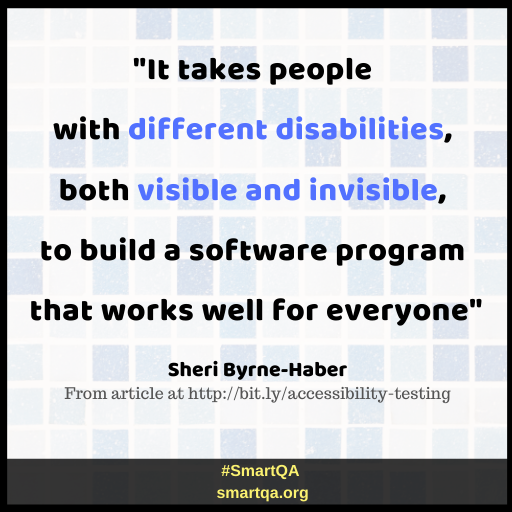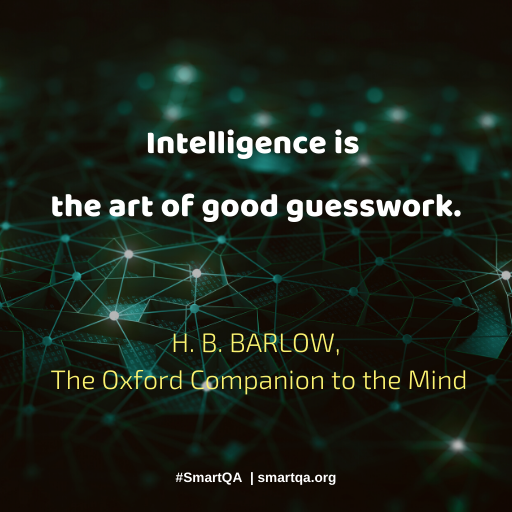SmartQA Digest
What does it take to do SmartQA? Smart Thinking, Smart Understanding, Smart Design, Smart Plan, SmartQA Test Organisation and Smart Planning. A pictorial article on this is what this week’s beEnriched article “7 Pictures to Doing SmartQA” is.
In this week’s SmartBites “Lean thinking & Agility“, Tathagat Varma outlines how Agile inspired by lean thinking is accomplishing agility in SW development.
Isn’t it amazing that earth just goes about the job quietly, of revolving around the sun a whopping distance of 940 million kms every year? A joy it is to pause and ponder the amazing cosmic wonder, and celebrate as it commences another revolution around the sun. On this happy occasion of a new beginning, enjoy the poem that I wrote titled “Bless us all”.
beEnriched

7 Pictures to ‘Doing SmartQA’
A mashup of three articles published as part of SmartQA digest over the last few months that outlines mindsets needed to brilliant code, tips to produce clean code and habits to speed up evaluation
expandMind

Approximate thinking
A beautiful book that taught me “Approximate thinking” of how to rapidly approximate and get facts to analyse further.























